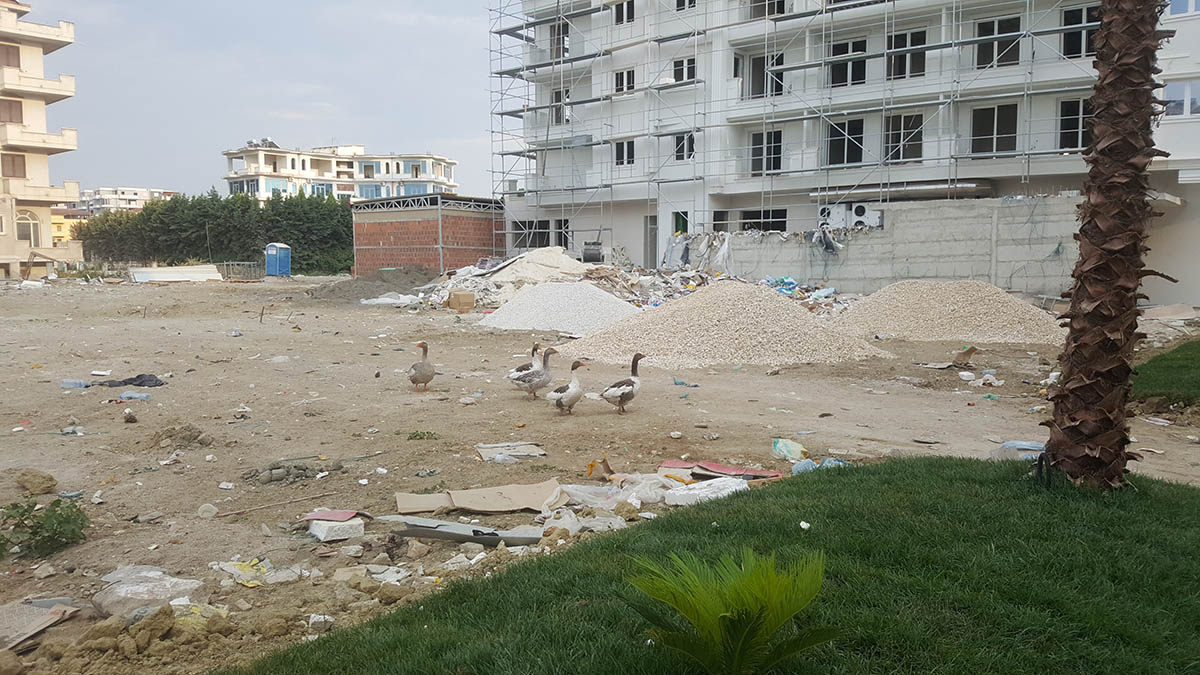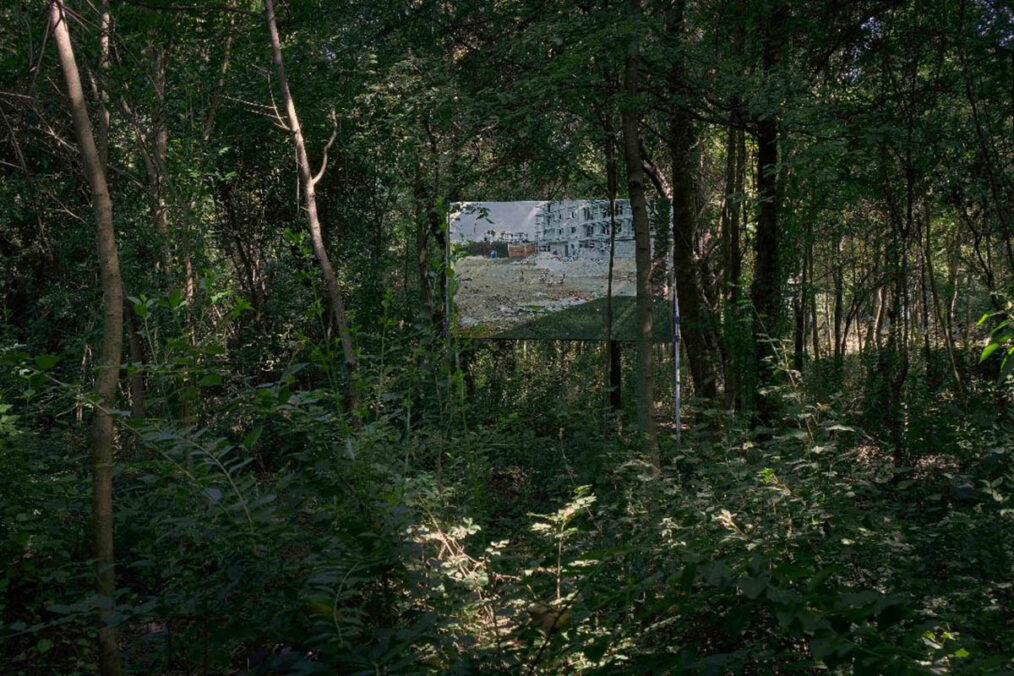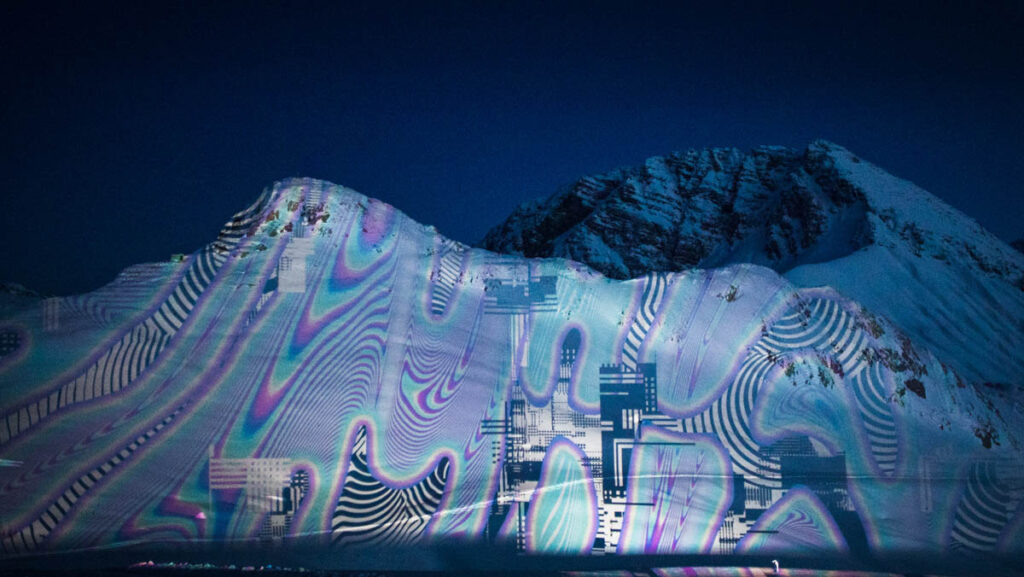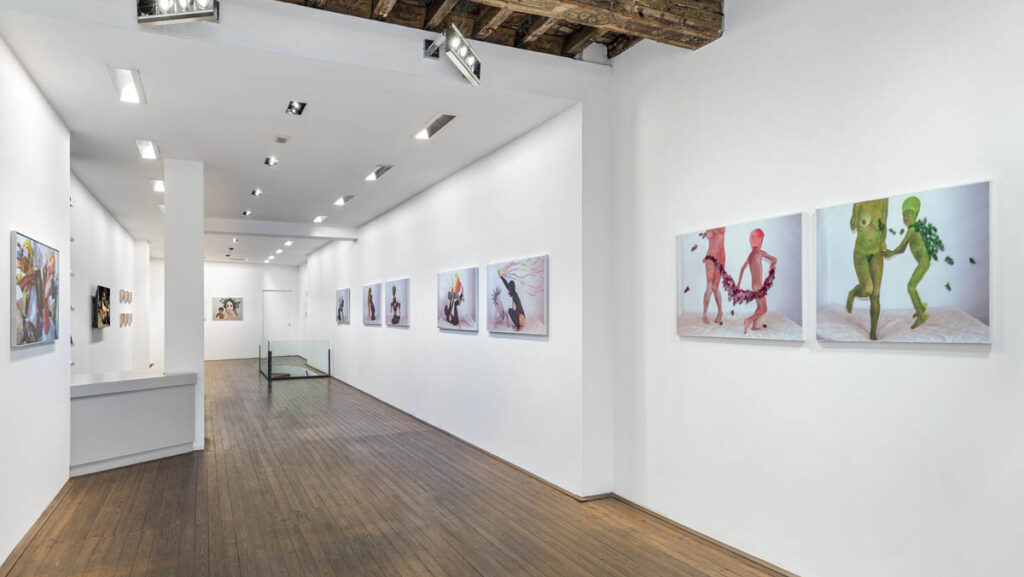
This summer I have been following an exhibition at Zeta Contemporary Art Center in Tirana that researches saying no in the form of desertion. „Desertion“ has a legal sound to it, abandoning one’s duties or obligations. Add to this the avant-garde word „manifesto“, and you know this exhibition is not a platform for compromise. The exhibition Manifesto DESERTION was curated by DebatikCenter of Contemporary Art (DCCA). This critical platform of artists / researchers / activists looks for ways to resist the entanglement of politics and arts in Albania, symbolised by the figure of the prime minister (who used to be the mayor of Tirana) and artist Edi Rama. Since I wasn’t able to attend the exhibition I don’t know if my favourite method of desertion came up, which is sleep. Yet I do know that the exhibition was consequent in its desertion and also deserted the gallery space on several occasions in exchange for public spheres.
One desertion technique involved a moving billboard action. During one day, 24 billboards were placed in unexpected locations, with every billboard appearing for one hour each. I happen to know one of its participants, the artist Alban Hajdinaj.

Photographic documentation of the ghostly apparition of Alban Hajdinaj’s Evergreen, 2022, on a billboard on “Gjiri i Kurvave”, Liqeni Artificial i Tiranës – Tirana, Albania, between 10AM – 11AM. Courtesy of Alban Hajdinaj. Photo: DebatikCenter of Contemporary Art.
When I first met Alban some years ago, he showed me his video Eye to Eye, which gives a critical version of the narrative that probably many of us know by watching Anri Sala’s Dammi i Colori, about Rama’s colourful facade-project in the 2000s. „Painting the facades of Tirana,“ Alban says in an interview, „was only one of the strategies used as part of that articulation of power. I think that the position of the artist is that of a person who raises questions about these strategies and practices, but doesn’t make his work part of them.“
Alban knows about desertion first hand. In the work June 21st he voided an era in his own personal narrative, by burning all his catalogs from the 1990s.
In the interview, Alban talks about „intransigence“ (the refusal to change one’s views or to agree about something) as „a sort of resistance towards the power relations and discourses of an official machinery that sooner or later channels everyone’s work within its own conductive system.“ „Evergreen“ is the title of Alban’s poster that featured on the moving billboard somewhere in Tirana’s periphery. Alban likes to make collages, taking things out of their context, so I don’t know in how far his photo for the billboard is real. It does reference a very real phenomenon: the „new projects“ billboards that are spread over Tirana and beyond in the name of progress.
Yet, also Manifesto DESERTION is real. Will Fenstermaker reminds us in his study of the manifesto-genre that its „grand spirit of boldness and challenge constitutes symbolic change.“ And he adds: „It’s important to remind ourselves that symbolic change is real change.“
An Paenhuysen is a creative cultural historian who lives in Berlin. In her research, writing, and curatorial work she has a special interest for the small and the light-humoured, such as anecdotes, flash stories, instant theory, espresso talks, and eventualities.





